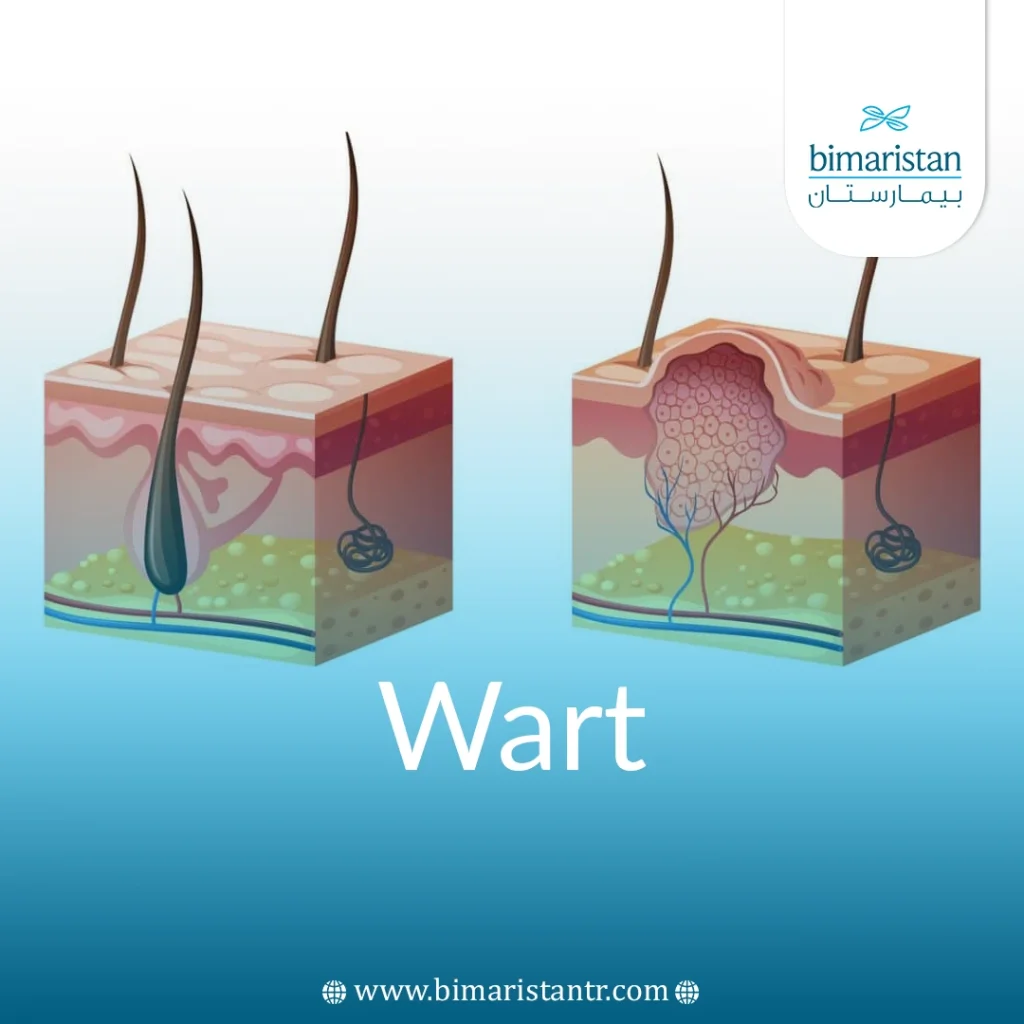Warts are a common problem worldwide, with studies suggesting that they affect approximately 10% of the population. Warts can occur at any age but are most prevalent in school-age children, with a prevalence of 10% to 20%. Warts are more common in immunocompromised patients and meat workers.
What is a wart?
Warts are small skin growths that develop due to strains of the human papillomavirus (HPV). These growths can be uncomfortable, contagious, and painful.
What do warts look like?
Warts vary in appearance depending on their type. They may look:
- Flat, domed, lumpy, or cauliflower-shaped
- Rough or smooth
- Brown, gray, or black
- Like they have small black or brown dots.
- They range in size from 1 millimeter to a few centimeters.
You may be able to recognize a wart yourself, but if you’re not sure, you should see a doctor.
Causes of warts
Some strains of the human papillomavirus (HPV) cause warts. The virus can enter the skin through minor cuts and then stimulate the growth of additional cells, making the outer layer of the skin thick and hard in that spot, forming a wart. Warts are most likely to occur on moist, soft skin or skin after trauma.
All warts come from HPV, but not all forms of HPV cause warts. The type of HPV that can develop into cancer (such as cervical cancer) does not cause warts.
Warts can be spread through direct or indirect contact. Direct contact is touching someone else’s wart or skin-to-skin contact, while indirect contact is using infected items such as towels or razors that have touched warts or HPV.
Types of warts
There are five main types of warts, and each type appears on a different part of the body and has a distinct appearance:
Common warts
Common warts usually grow on the palms of the hands or on the backs of the fingers and toes and on the knees. Common warts have a rough, thick, granular appearance with a rounded top that looks like a cauliflower. Common warts are often grayer than the surrounding skin.
They can range in size from 1 mm to 1 cm or larger and can appear singly or in clusters. These warts are usually not dangerous or painful and can go away on their own.
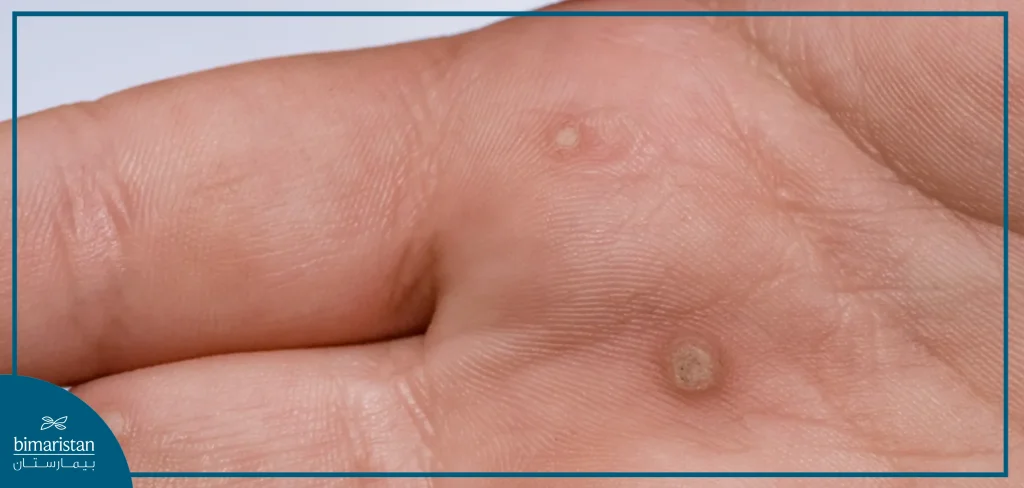
Plantar warts
Plantar warts grow on the soles of the feet and are inside the skin, unlike other warts that grow outside. A plantar wart looks like a small hole on the bottom of the foot surrounded by hardened skin, making walking uncomfortable.
There are two types of plantar warts that can appear on the soles of the feet:
- HPV type 1 warts: These are more painful than HPV type 2 and the skin looks yellowish with black dots.
- HPV type 2 warts: These are less painful than HPV type 1 and appear in a mosaic pattern in clusters.
Flat warts
Flat warts usually grow on the face, thighs, or arms and are caused by HPV types 3, 10, and 28.
They are small enough to not be immediately noticeable. Flat warts have a flat top as if they have been pressed. They can be skin-coloured, pink, brown or slightly yellow, and often grow in large clusters of 20 to 200.
Flat warts are usually painless and tend to appear in areas where there are cuts in the skin, such as from shaving. They are common in children and can be spread by direct contact.
Filiform warts
Filiform warts grow on the eyelashes, around the mouth or nose, are contagious, and can spread to other body parts.
Filiform warts are small, skin-colored, and painless unless in a sensitive area such as a fold of skin.
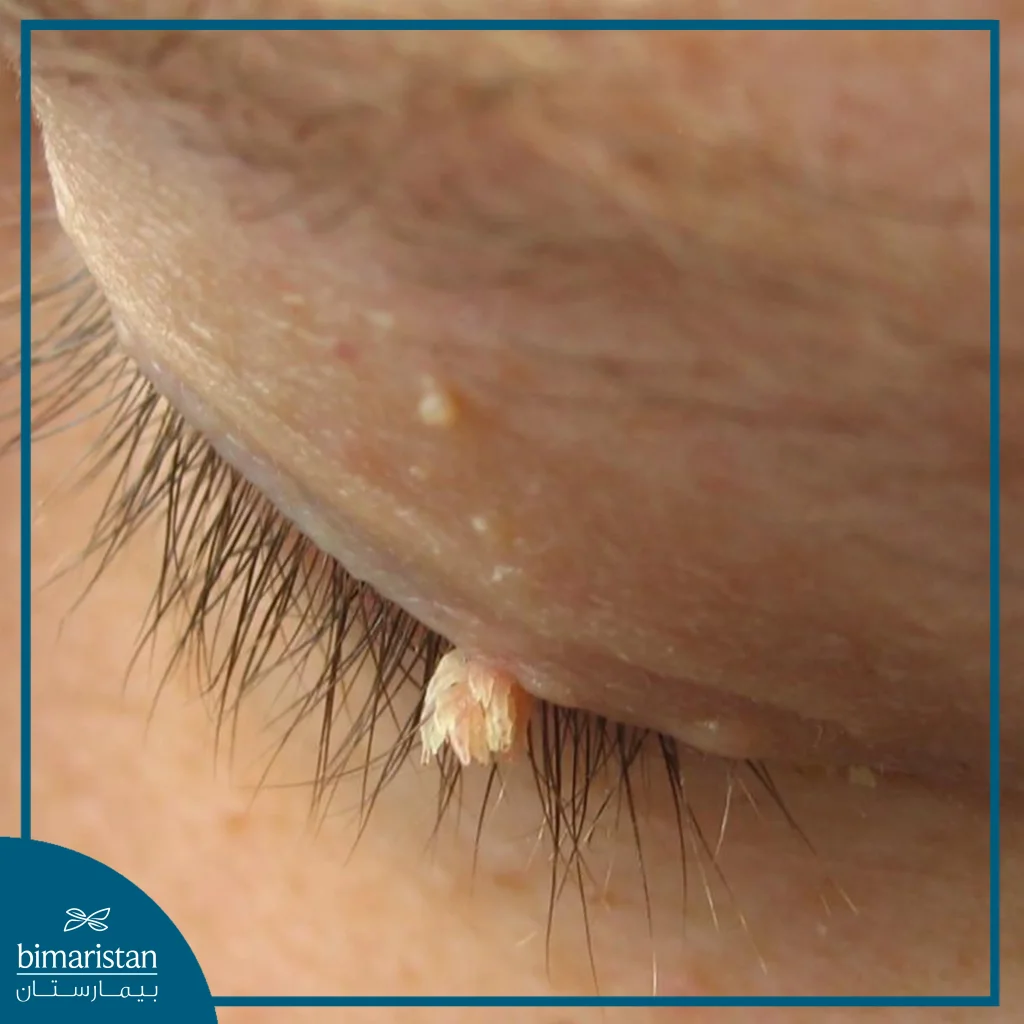
Peri-nail warts
Warts grow around and under the toenails and fingernails and can be painful and interfere with nail growth.
They start out very small (about the size of a pinhead) but quickly grow and spread to other areas by direct contact. They may be rough to the touch and have a cauliflower-like appearance.
A wart around the nail can cause annoying signs and symptoms, including:
- Rough growth around or under the nail
- Cracked skin around the nail
- Affected the appearance of the nails and skin
- Pain when the size increases
Treatment of warts
Although warts usually disappear on their own, they can be embarrassing or uncomfortable in their visible location, so most patients want to treat them. Fortunately, many warts respond well to treatments available in pharmacies.
Treatment at home
There is no problem in trying to treat warts at home, as they respond quickly to wart removers and can be used provided that they are real warts, as sometimes foot corns are confused with warts. There are some important warnings for patients trying to treat warts at home:
- Warts can spread to other parts of the body and are contagious to others. If treatment requires rubbing the wart with a nail file, care must be taken not to use this tool on any other part of the body or by another person.
- A diabetic patient should not treat warts on his feet at home but should see a doctor because diabetes causes loss of sensation in the feet, which facilitates wounds and scratches and the transmission of germs without the patient’s feeling.
- Patients should not attempt to remove warts on the face or genital area using home remedies without consulting a doctor.
Cryotherapy
Some over-the-counter treatments spray concentrated cold air (a mixture of dimethyl ether and propane) onto the wart, which kills the area of skin and allows the surface of the wart to be scraped away. These treatments are a good option for removing warts quickly, but they are not strong enough to remove all warts.
Strips and salicylic acid for warts
These treatments must be used every day for several weeks. They work best if you soak the wart in water for about 15 minutes before applying the treatment and then follow the directions on the package.
Salicylic acid dissolves the wart layer by layer. These products come in liquid, gel, or strip form. Salicylic acid cure rates for common warts are 50% to 70%.
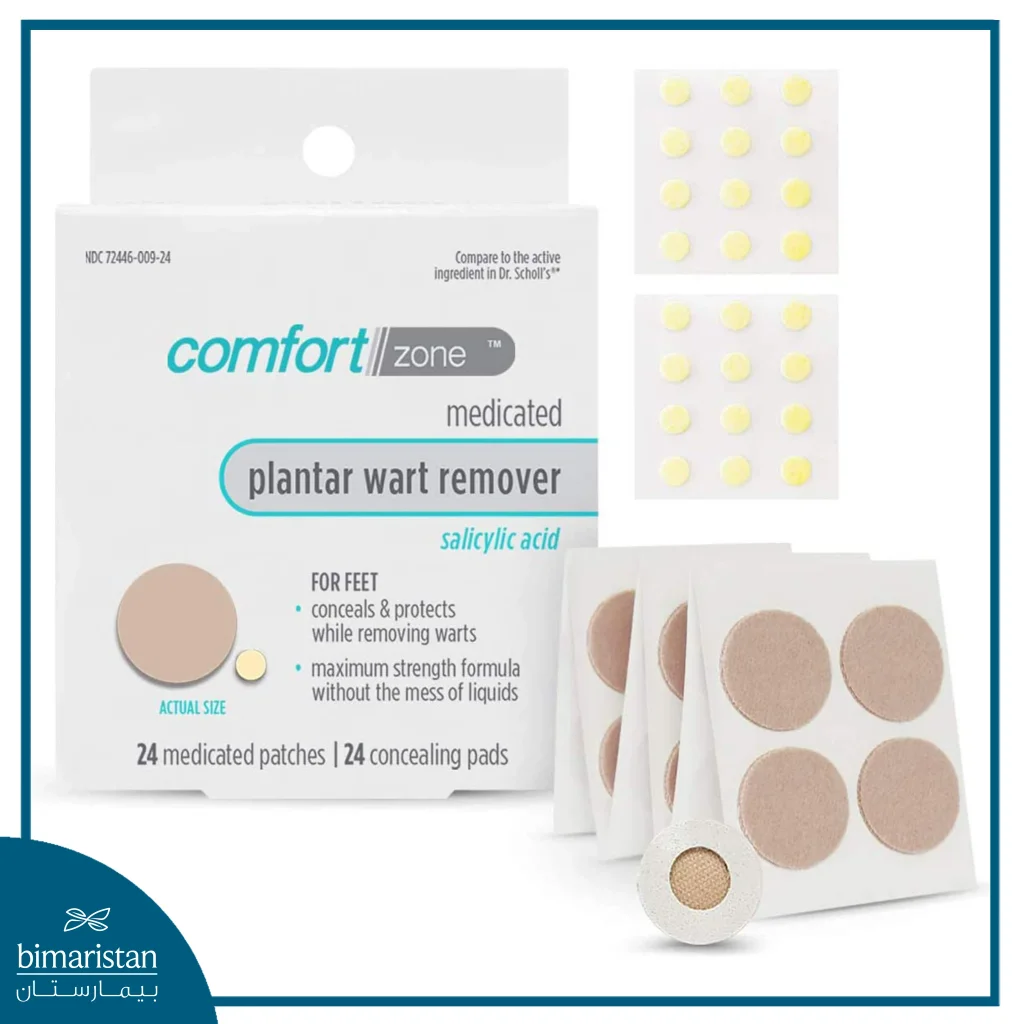
See your doctor if your warts do not respond well to home treatments.
Liquid nitrogen for warts
This treatment is a bit painful but works well even when combined with other treatments. The freezing causes a blister to form under and around the wart, which lifts the wart away from the skin in about a week.
Surgery
Surgery is usually only used if the wart doesn’t respond to all other treatments or in pregnant women when the wart is in a place where it could come into contact with the baby during birth. Surgery may cause some scarring. Surgical procedures for warts include:
- Electrocautery: This procedure uses an electric current to burn the wart. You may feel some pain and swelling after cauterization.
- Surgical excision: The wart can be removed during surgery after anesthesia is applied.
- Laser treatment: This method uses lasers to treat large, widespread, and difficult-to-treat warts. It can be expensive and may leave some scarring.
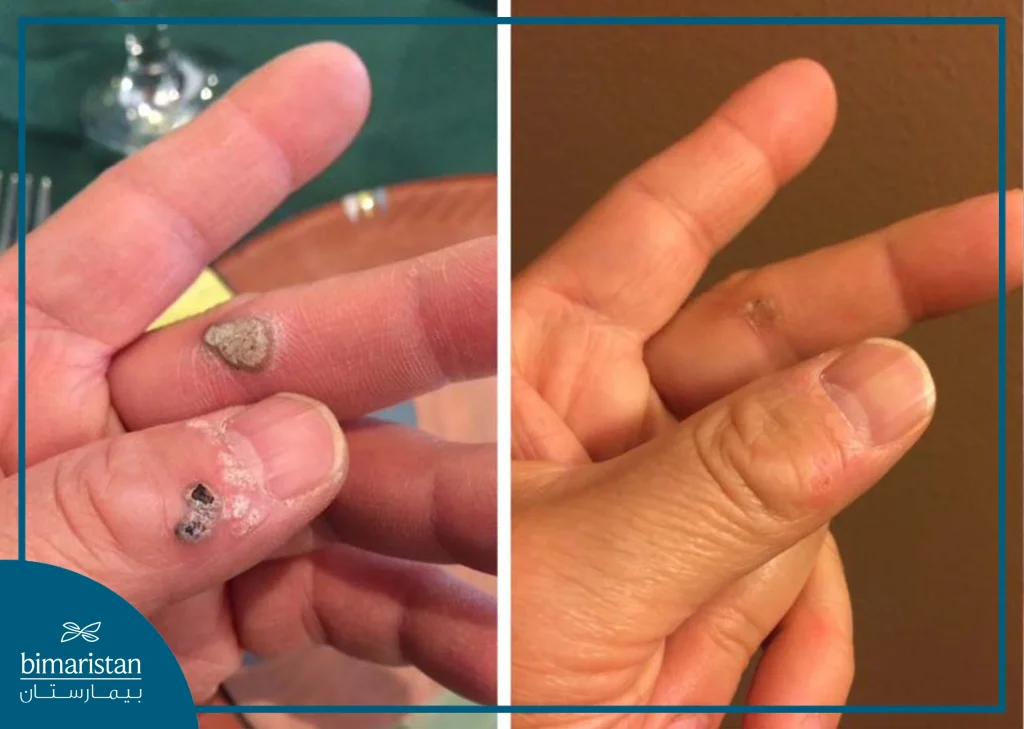
Treating warts in sensitive areas
It should be noted that warts in the genital area cannot be treated with genital wart treatments with wart removers sold in stores. These medications are not intended for use in the genital area.
- Imiquimod cream (Zyclara): This cream appears to enhance the immune system’s ability to fight genital warts. You should refrain from having sex while applying the cream.
- Sinecatechins cream (Verigen): This ointment can treat genital warts and warts in or around the anus. Side effects can include skin discoloration, itching or burning, and pain.
Ways to prevent warts
There is no sure way to prevent warts. But the risk of contracting the virus that causes it can be reduced by following these steps:
- Do not touch another person’s wart
- Do not share towels, face towels, clothing, nail clippers, razors, or other personal items.
- Do not bite your nails or pick at your skin.
- Keep your skin moisturized and protect wounds, as HPV can easily enter cracked or broken skin.
- Wear sandals or shoes when entering a public locker room, swimming pool, or shower.
If you already have a wart, do the following to help prevent it from spreading:
- Cover the wart with a bandage
- Do not scratch or pick at it
- Wash your hands immediately after touching it
- Avoid shaving above the wart
Difference between warts and callus
A wart has a rough shape with tiny brown or black dots visible in the center. These dots are clotted blood vessels that nourish the wart, while corns do not have any tiny dots in the center. Corns are lighter in color compared to warts, and tend to appear in areas that are exposed to a lot of pressure and friction, such as the little toe, heels, or soles.
While a viral infection causes warts, skin tags are not caused by a virus but are benign skin growths that require treatment only for aesthetic reasons or if they cause discomfort. Skin tags are soft, fleshy growths that usually appear in areas where the skin is rubbed by clothing, such as the neck, armpits, and groin. Skin tags are usually small and flesh-colored or slightly darker.
Laser wart removal price
The cost of anal fissure surgery in Turkey ranges from $100 to $400, as Turkey offers competitive treatment prices with a quality that is no less than that provided in European countries and the United States. Do not hesitate to seek free medical advice from the specialists of the Bimaristan Center.
Ultimately, warts are not generally dangerous but can be uncomfortable and painful at times. Many types respond to over-the-counter treatments, but it’s best to make an appointment with your doctor if the wart changes color, becomes painful, or if you suspect it’s a wart in the first place.
Sources:
